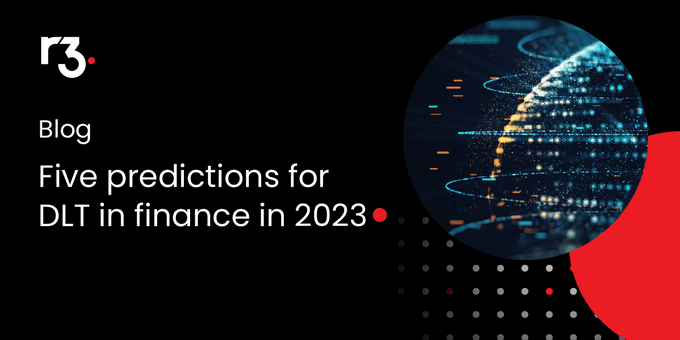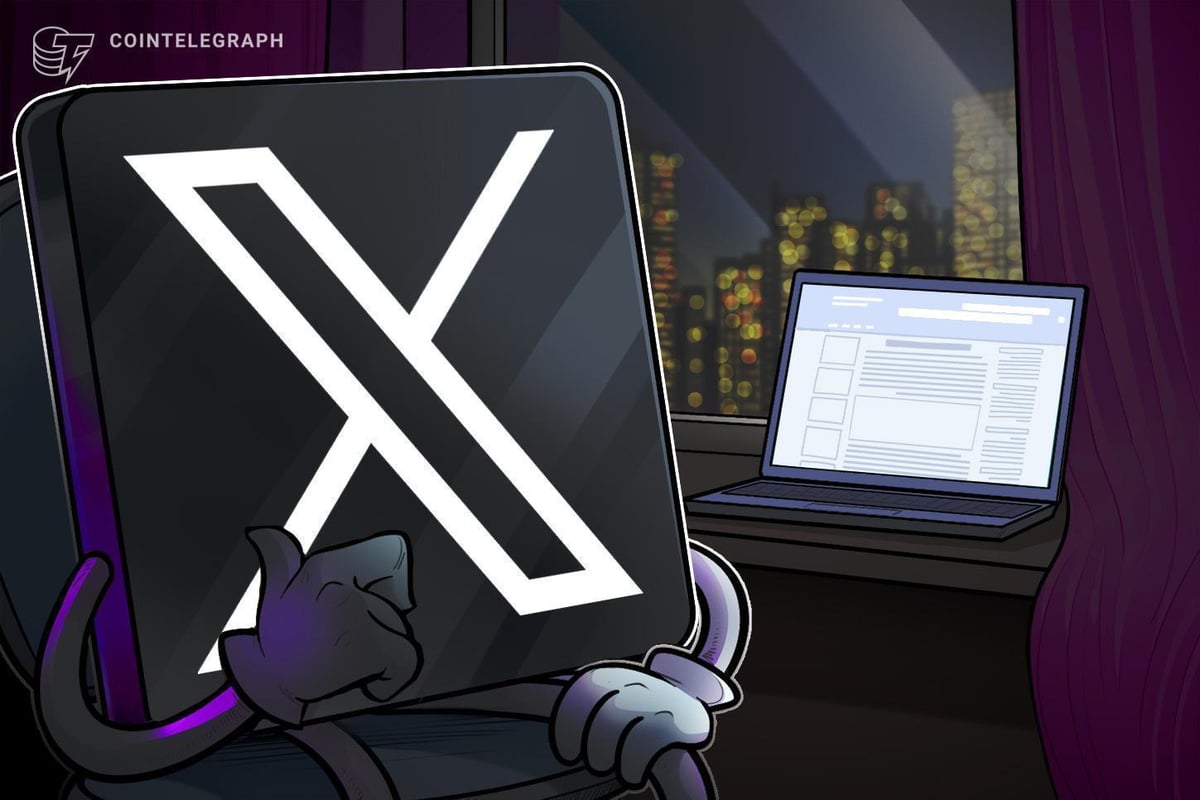The financial sector is entering 2023 with a tighter belt. But at least it’s leaving 2022 with an unprecedented depth of experience with blockchain, both good and bad. Will trends from 2022 roll into the new year? We look at how the financial system reacted to DLT in 2022 and what that predicts about its direction in 2023.
We expect 2023 to be a reset year. Financial institutions will pare down use cases, jettison blue sky projects to focus on returns on investment (ROI), and move trading and settlement closer together.
This leads us to five predictions about what the next 12 months will bring for DLT in financial services:
Collateral management is going to be one of 2023’s biggest concerns
The pressure for this built up throughout 2022 in both the DeFi and the traditional financial space. In DeFi, May’s Terra/Luna collapse made regulators and issuers both more focused on the importance of transparent collateralized backing of these instruments. Murky data from even the most established stablecoins has convinced regulators that this is going to have to change, though what they will do is unclear. Proof of reserves was one industry effort in this direction, but uptake has been spotty. This also reveals a tendency of some players in the market to pursue purely technical solutions to collateral management, while ignoring the political and social features of the credibility challenge. One effort gaining ground is segregated fund requirements for crypto exchanges which mirror the framework of futures markets. After FTX’s collapse, there is support for having client accounts segregated, and attaching civil and criminal penalties where they are not.
Regionally, the Middle East will be one of the fastest movers in fintech.
It was one of the only geographies to experience continued growth through 2022 while much of the rest of the world was headed into recession. This region is a strong promoter of technological innovation and exporter of natural resources, which suggests that Central Bank Digital Currency (CBDC) or trade are likely to be the focus sectors. Geopolitics including relations with China and the US may impact the direction of focus as China has pushed CBDC via the multicurrency CBDC exchange project (mBridge), and the US is moving much more slowly on that topic. Saudi Arabia is applying to be part of the BRICS, which signals its desire to head up the Global South and take more of a leadership role in the global economy.
Continuing market volatility means we should prepare for more failures
After the considerable economic volatility of 2022, we might hope for a more calm 2023, but this is unlikely. Financial institutions will continue to downsize workforces and pare back risky projects. In decentralized finance (DeFi), volatility will continue due to the correlation between cryptocurrencies and among centralized exchanges and service providers. This also means that we can expect more losses and failures in the cryptocurrency space. The volatility is not limited to the public blockchain. Enterprise blockchain also saw some big players exiting the market or reducing their investment, and also had some notable liquidations, which highlights the difficulty of building good governance and business models. For projects where governance is carefully constructed, we can expect scale and diversification.
The high interest rate environment will focus new blockchain investment on efficiency projects over new revenue streams
Interest rates are likely to level off but remain elevated in comparison to the low rates that characterized most of the past three decades. The resulting economic slowdown will increase interest in projects that offer operational efficiency over new revenue streams. In the longer term as the world becomes used to higher interest rates, projects will need to highlight ROI for new revenue streams. In the short term, there will be lower overall investment in crypto assets. Funding rounds are taking longer, so new projects on blockchain that engage startups are delayed. This exacerbates the post-FTX decline in venture funding for crypto, a new hesitance that should level off in the second or third quarter. When capital is scarce, projects that improve existing offerings gain traction. One example of this is the move to T+1 settlement for trades. Businesses should be wary however as too narrow a focus on process efficiency can come at the expense of resilience, as supply chain managers found out the hard way.
Global politics is fracturing, which will complicate the passage of new crypto regulations.
This is happening at both the global (as war in Ukraine increases global disputes such as US vs China) level and at the domestic level in some major economies (US, UK). This will define 2023 as legislation will become more difficult to pass. The crypto sector is not protected from this. In the past we’ve seen issues with China vs ROW. Basel IV’s guidelines on crypto asset exposure went into effect January 1, though regulators have until 2025 to implement it. The changing rules have to date led to banks holding crypto via sub-custodians, and may now contribute to their limited expansion of these programs. Regulatory guidance is key to the expansion of both blockchain technology and the digital currencies that use it. 2022 saw many calls for regulation; we expect 2023 to yield the legislation. Given the environment, it’s likely to look fairly restrictive. As an example, the SEC issued Staff Accounting Bulletin 121 earlier this year, which requires companies that custody crypto to list those assets as liabilities on their balance sheet, an expensive guideline.

























